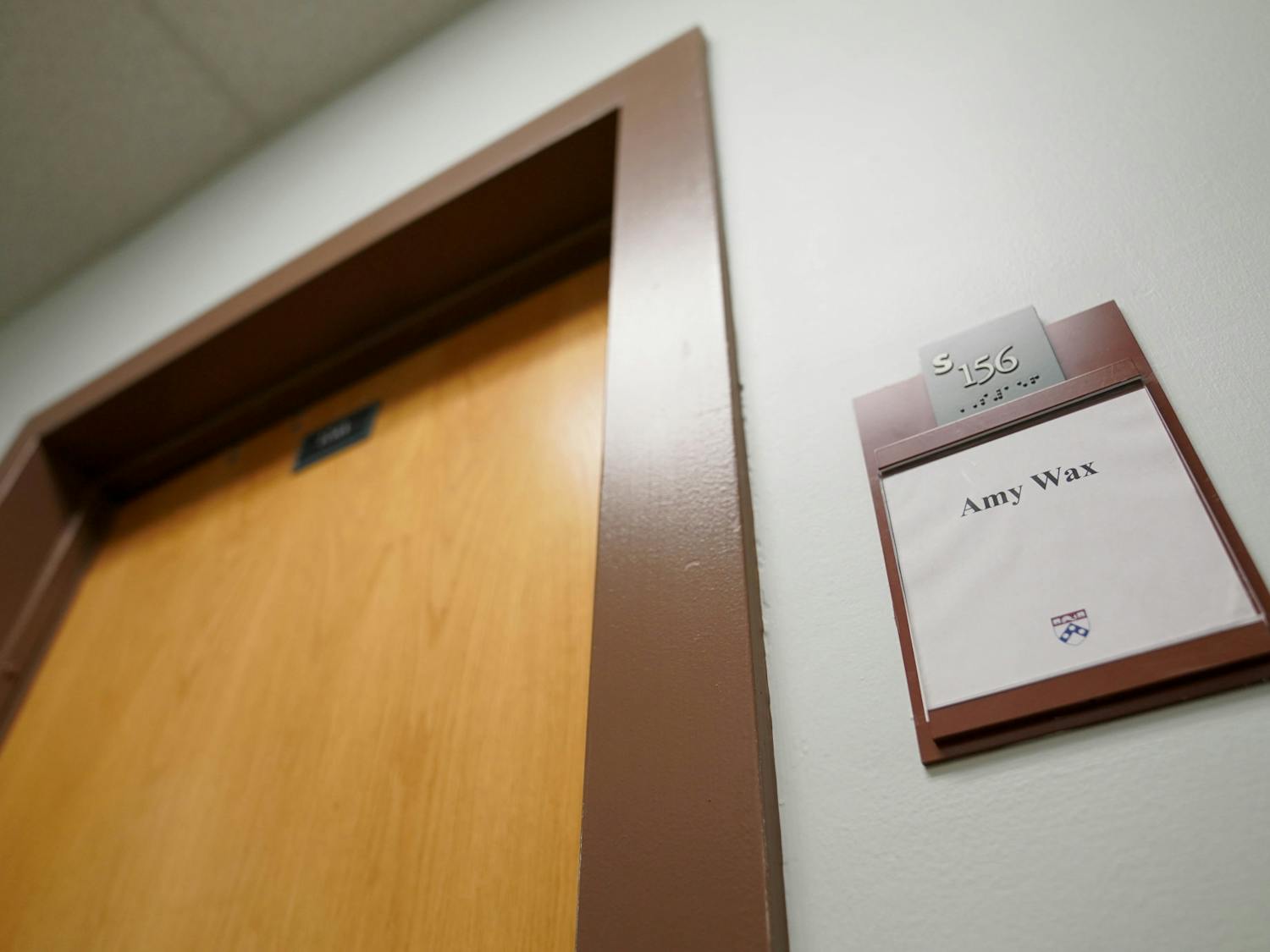The University of Michigan's first enrollment numbers since the Supreme Court's decision on affirmative action show a 15 percent decline in the number of black freshmen.
The school's freshman class this year was the first undergraduate class admitted under new admission guidelines implemented by the university. The changes were made as a result of the summer 2003 Gratz v. Bollinger ruling, which made it illegal for universities to use race as a factor in rigid, point-based admissions decisions.
Freshman enrollment among black students went down from 410 for the Class of 2007 to 350 for this year's class -- even though the total class size went up by 8.8 percent, due to a relatively high yield, according to the university.
The decrease in the number of incoming black students would have been even steeper had it not been for an unusually strong yield among this year's black applicants. According to the university, the number of applications from black students decreased by 28 percent.
"I don't think we expected it, but I do think we got early indication that this might happen," Michigan spokeswoman Julie Peterson said. "Applications from all [minority] student groups were down, especially African Americans."
But, she added, the hope is that in the upcoming years the numbers will rebound.
"I am concerned about the decline in applications from African-American students," University of Michigan President Mary Sue Coleman said in an official statement. "I have consulted with the Provost's Office, the Office of Undergraduate Admissions and the deans of the undergraduate schools and colleges."
"We are closely monitoring our admissions recruiting activities this year to make sure we are doing all we possibly can to encourage all qualified students to apply."
In Grutter v. Bollinger, also decided in summer 2003, the Supreme Court reaffirmed a flexible use of race or ethnicity in admission decisions.
In years past, Michigan granted 20 points out of the needed 100 for admission to applicants based on their minority status. To comply with the ruling, the university completely altered its admissions process -- switching to a system that emphasizes committee review and places additional weight on socioeconomic and family background of the students.
Penn was not affected by the ruling because it uses race as a "factor" in admissions, rather than assigning it a specific value in the admissions process.
"It was a transition year. The court's decision made us revamp our admission process," Peterson said. "It doesn't surprise us that [the number of] applications declined."
"But still," Peterson added, "the implication is [that the] decline was sizable enough that we couldn't make it up completely."
The 2003 rulings affected many large public universities. Peterson said that such a decline is not unusual in the first year of changed admissions processes, citing similar impacts at Ohio State University and the University of Maryland. According to The Associated Press, Ohio State experienced a 28 percent decline in both black enrollment and number of black applicants this year.
But Michigan officials are hesitant to attribute the decline strictly to the the court's decision, saying that it is hard to tell, and instead looking forward optimistically.
"We have stepped up our outreach activities this fall, and we are especially focusing on parents and high school counselors, since they are very influential in students' decision-making process," Michigan Senior Vice Provost for Academic Affairs Lester Monts said in an official statement.








